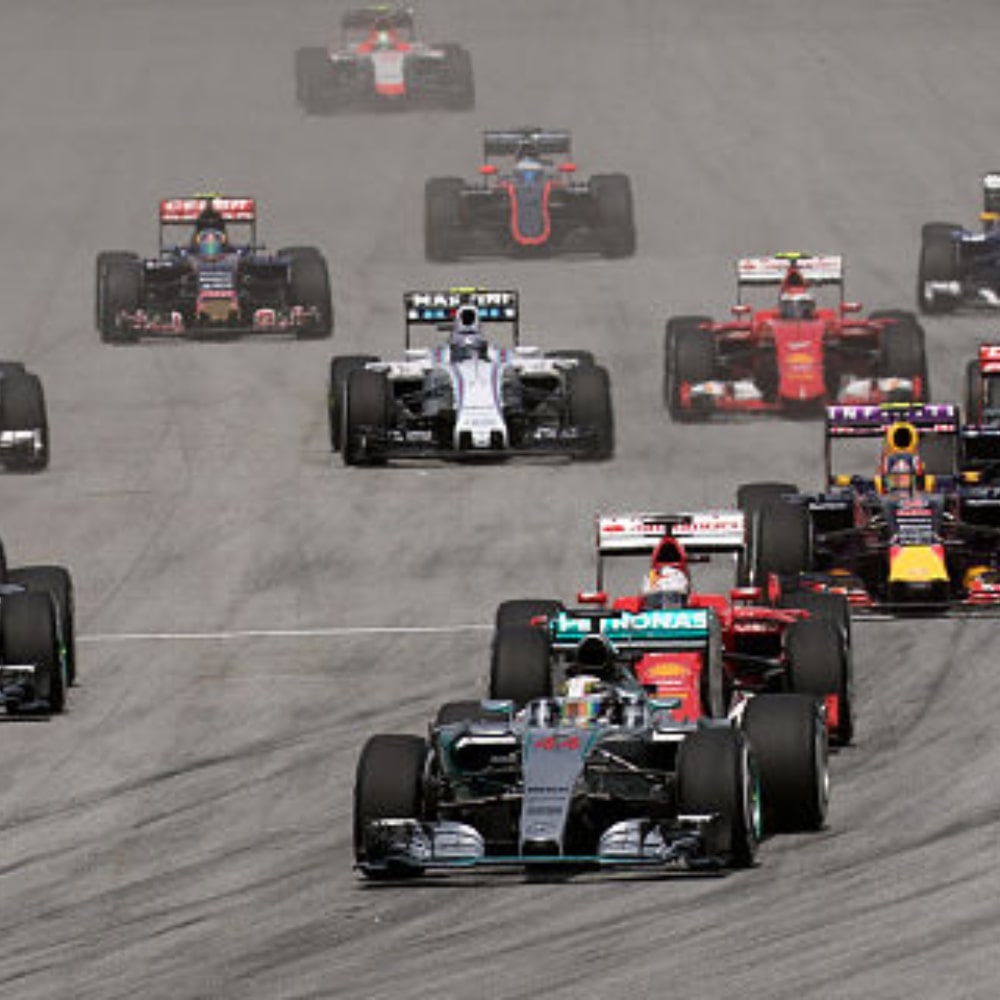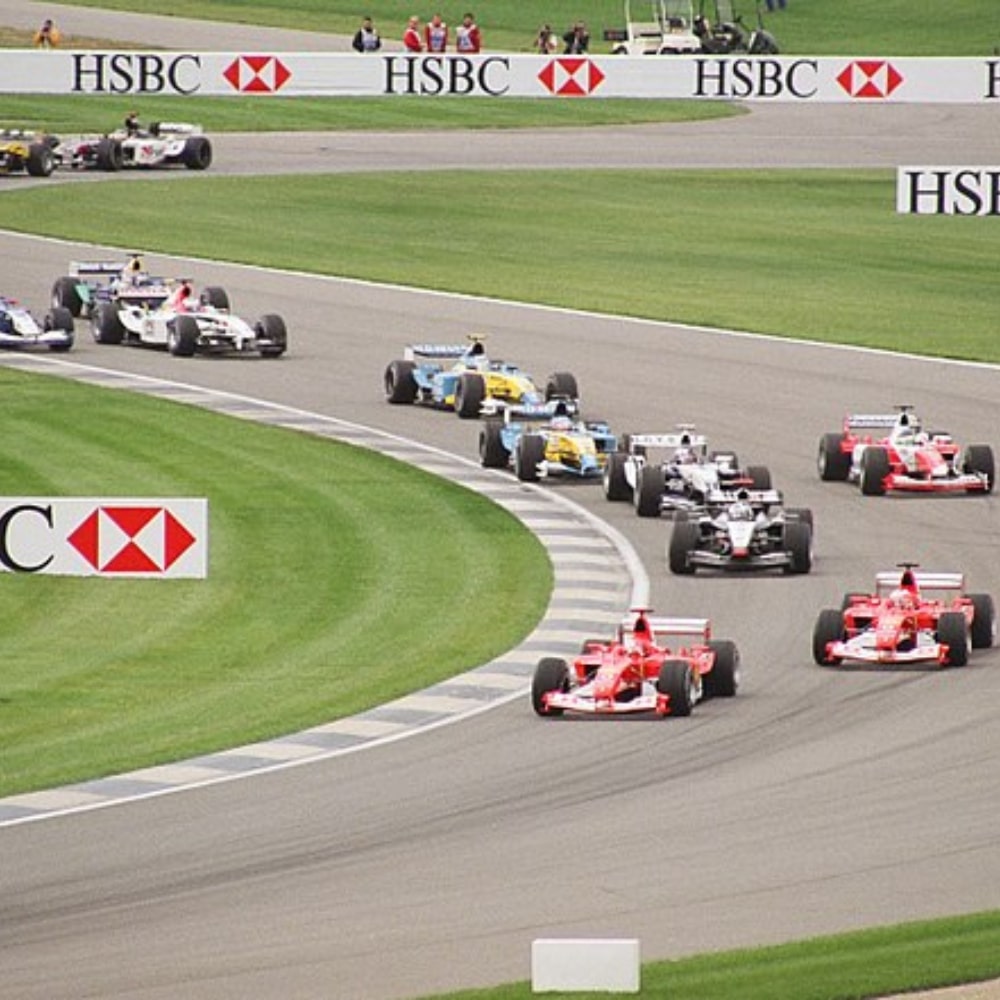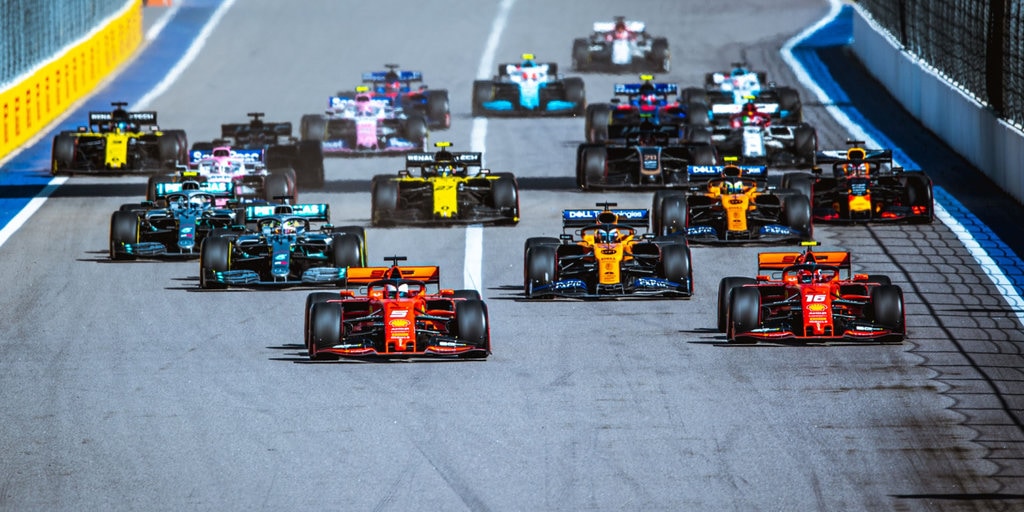
In the history of Formula 1, the prospect of an unchanged grid from one season to the next has been an elusive dream—until now.
The forthcoming 2024 season in Bahrain promises an unparalleled spectacle: the same 20 drivers who graced the final grand prix of 2023 in Abu Dhabi will seamlessly transition to the grid for the first race of 2024.
Stability Amid Rebranding
The drivers will remain intact while the winds of change sweep across two garages—Alfa Romeo relinquishing Sauber sponsorship and AlphaTauri adopting a new name. This era of stability is not solely a result of contractual obligations extending from one year to the next, it underscores a substantial rise in the barriers to entry into Formula 1, transforming the sport into an exclusive realm with fewer chances than ever for new people and manufacturers to join motorsports’ elite lineup.

Traditionally, Formula 1 has been a dynamic arena with regular rotations of drivers and teams. Yet, this natural ebb and flow has been curtailed by the current commercial agreement, impeding new constructors from entering and creating a static landscape, for better or worse!
Challenges for Aspiring Drivers and Teams
Despite ambitious endeavors like Andretti, backed by financial support and infrastructure, facing roadblocks, the cost cap and stricter regulations limit the scope for new talent and teams.
Mick Schumacher’s Haas departure is a testament to this shift, as teams prioritize experience over rookies. The years of a bustling grid, with young hopefuls eager to make their mark, now seem like a distant memory. But will it stick?
Anticipating Future Flux
The first half of the grid’s expiring contracts ending in 2024 will certainly bring about plenty of speculation, rumors, and surprises. Will Lewis Hamilton extend his stay at Mercedes? Will Fernando Alonso ever retire?!

However, the struggles still confront promising drivers such as Felipe Drugovich, Theo Pourchaire, and Liam Lawson, who are eyeing up a spot on the grid but didn’t secure a seat for the upcoming campaign.
F1’s Shifting Dynamics
Against this backdrop, emerging talents face a dual challenge. While the stability of the grid provides a sense of continuity, it also underscores the formidable barriers confronting those aspiring to ascend to Formula 1’s upper echelons.
As the sport readies itself for the next era, the confluence of experience, cutting-edge technology, and regulatory shifts will define the trajectory of Formula 1 in the years to come. The question lingering in the air is whether this impending generational shift will bring a return to familiar patterns or herald an entirely new chapter.